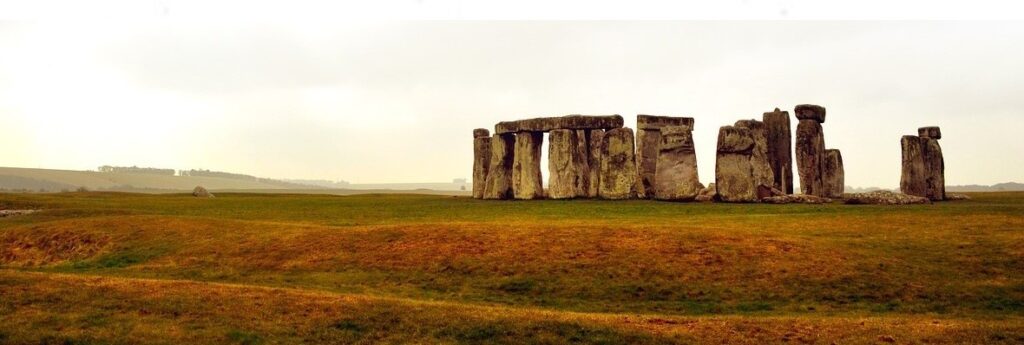Britain’s new Labour government has axed a construction project on a controversial traffic tunnel bypass near Stonehenge as part of austerity measures resulting from what it called an unexpected 22-billion-pound shortfall in the public finances.
Along with several other transportation projects, funding for the Stonehenge tunnel had yet to be determined, which played a part in the decision not to proceed.
Last week, the United Nations’ cultural agency rejected recommendations to place Stonehenge on the list of endangered world heritage sites over concerns that the plans to build the tunnel threatened the landscape around the prehistoric monument.
The highway project has been touted for decades but mired in legal challenges. It aims to move the congested A303 highway underground and slightly farther from Stonehenge.
UNESCO said a site’s inclusion on its List of World Heritage Sites in Danger is not punitive and instead is aimed at drawing international attention to the urgent need for conservation measures and “encourage corrective action.”
Stonehenge has long captured the imagination of the British public and remains one of the country’s biggest tourist draws. That’s particularly true at the time of the summer and winter solstices, when the sunrise is greeted by thousands.
Stonehenge was built on the flat lands of Salisbury Plain in stages, starting 5,000 years ago, with the stone circle erected in the late Neolithic period in about 2,500 BC. It was added to the UNESCO World Heritage List in 1986 – an honour bestowed upon sites that have special cultural or physical significance.
The site’s meaning has been a subject of debate through the centuries. English Heritage, a charity that manages hundreds of historic sites, notes theories including Stonehenge being a coronation place for Danish kings, a Druid temple, a cult center for healing or even an astronomical computer for predicting eclipses and solar events.
Nowadays, the charity says the interpretation “most generally accepted is that of a prehistoric temple aligned with the movements of the sun.”

